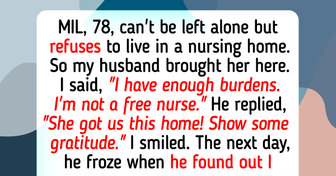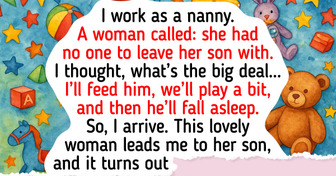I Refused to Abide by My Sister’s Wedding Rule—And She Utterly Destroyed Me

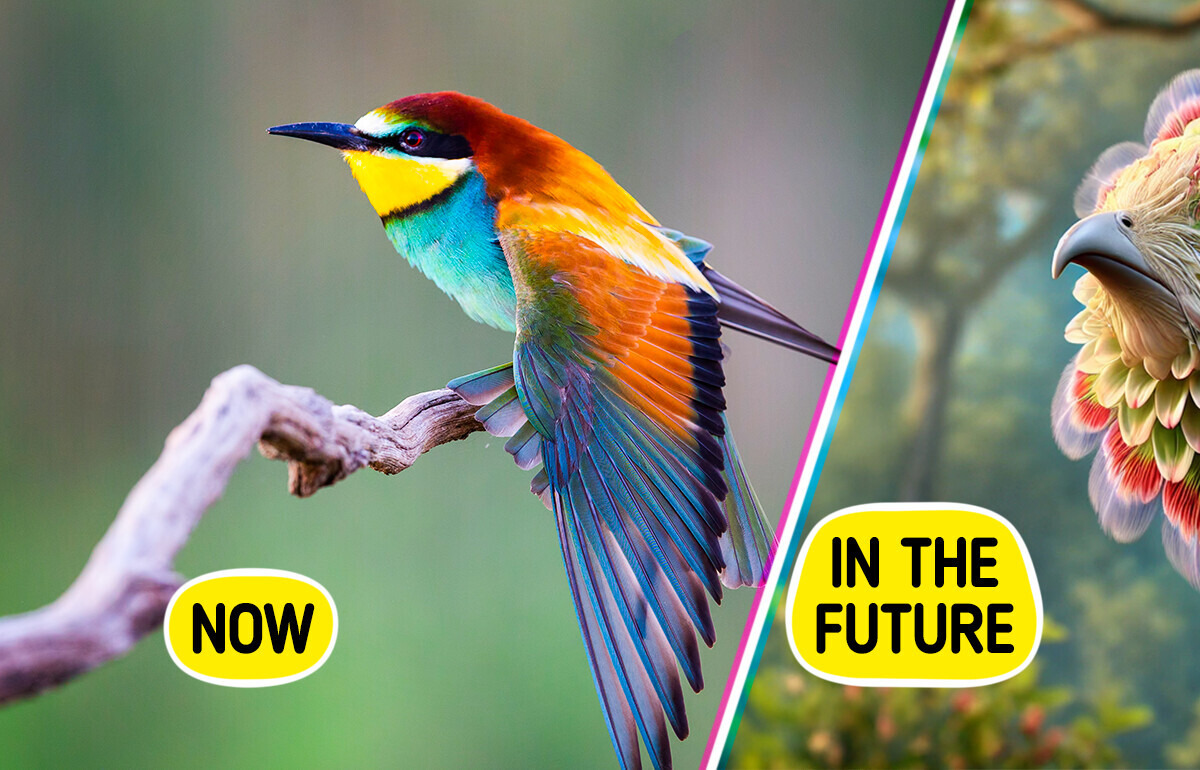
Evolution is a continuous, powerful force shaping the natural world around us. As environmental pressures intensify, future animal evolution is likely to produce fascinating and sometimes bizarre new species. These evolutionary changes showcase the incredible adaptability of wildlife and highlight how species transformation is ongoing in our rapidly changing world.
Imagine an animal that looks like a cross between a white-tailed deer, a giraffe, and a rabbit. The Rabbuck is exactly that—a species envisioned in Dougal Dixon’s After Man: A Zoology of the Future. It’s a strange animal imagined for the future, showing how evolution can combine different traits to help animals survive in new environments.
Flower-faced birds are among the most bizarre evolutionary adaptations, again envisioned in Dixon’s visionary After Man: A Zoology of the Future. These birds have evolved faces that mimic flowers, tricking pollinating insects into landing right where the birds can catch them for a meal. They are envisioned to be a product of natural selection’s clever solutions to survival challenges that blur the lines between predator and pollinator.
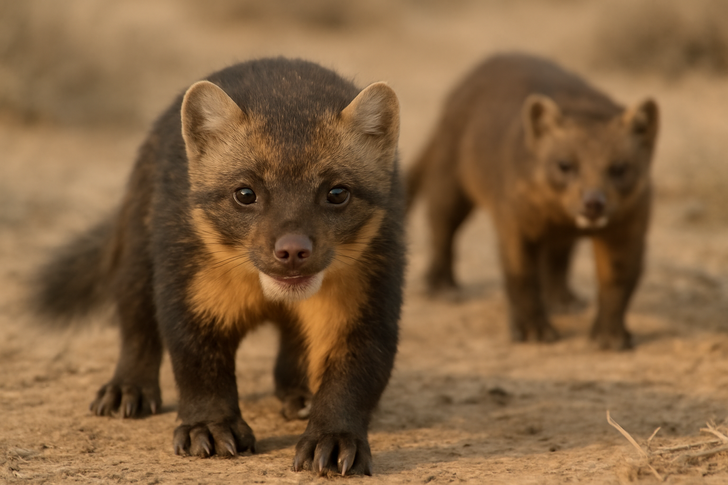
Based on The Future Is Wild: A Natural History of the Future, the Gryken is a descendant of a small tree-living animal called a pine marten. When forests disappeared in some areas, it adapted to live on the ground and hunt in packs like a dog.
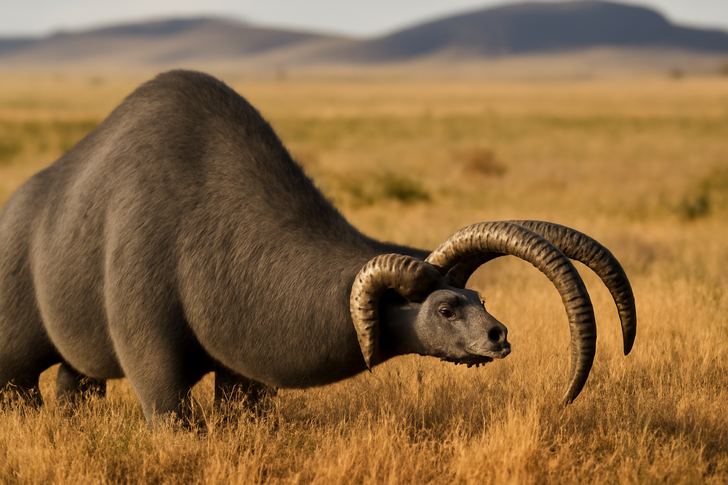
In Dixon’s vision of the future, the Gigantelope is an enormous antelope species that evolved in open environments. They use their horns to scrape out moss and other small plants from the ground. These massive creatures exemplify how genetic diversity and evolution allow animals to grow and adapt to new environmental conditions over millennia.
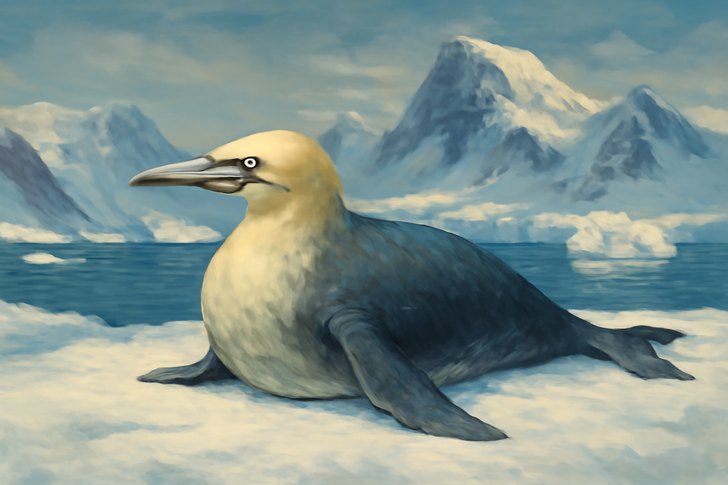
The Gannetwhale is a large, flightless, semiaquatic bird from the future northern ice coasts, descended from the northern gannet. It is similar in bulk to a male walrus, roosts on land, but hunts fish and squid in the ocean. Its considerable size led to the evolutionary loss of flight; its wings transformed into stubby flippers, perfect for agile underwater movement.
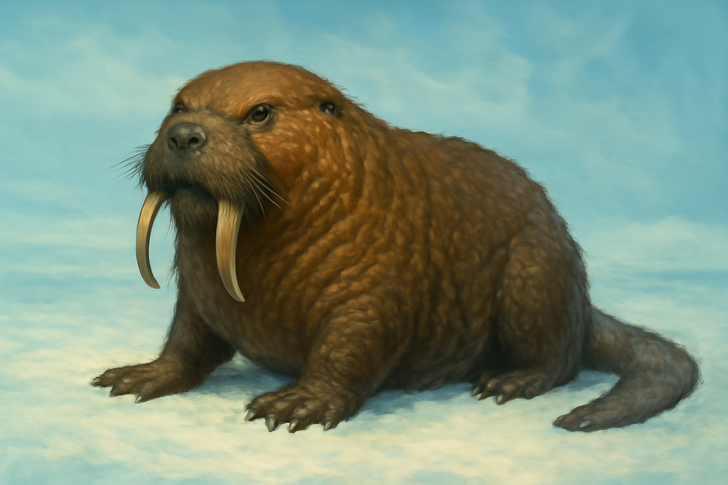
Among the ocean’s giants of the future, the Distarterops is a massive marine rodent that fills the ecological niche of the walrus. This creature evolved from rats, developing tusks and other marine adaptations to thrive in its new habitat.
The rat whale is a future marine mammal descended from rats, evolving to fill a whale-like niche in the oceans. It exemplifies rapid species evolution driven by ecological opportunities in the seas, where rodents adapt to aquatic life with massive size and new behaviors. The rat whale is a great example that shows changing environments can lead to surprising evolutionary outcomes.
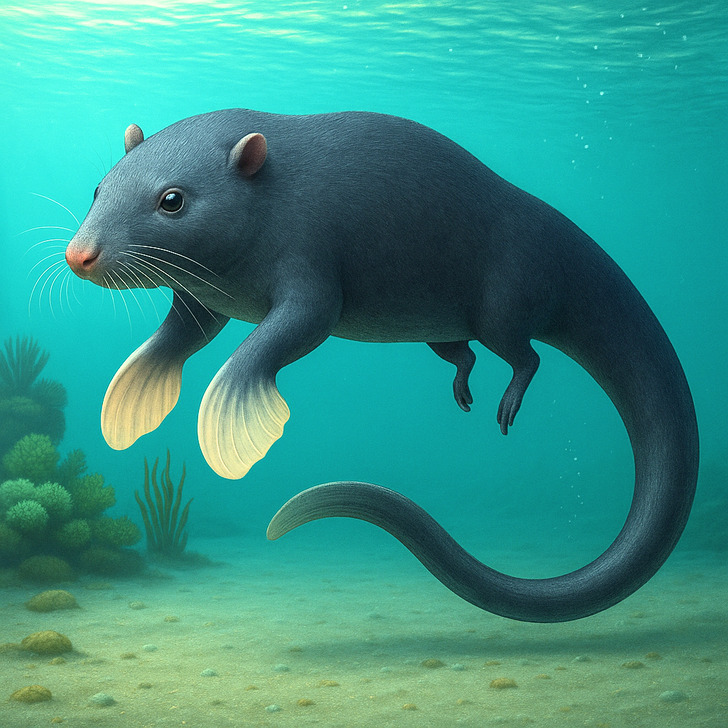
The future of wildlife evolution is a thrilling subject, revealing how animals may adapt and transform in response to how their surroundings and interactions transform through the generations. These speculative creatures offer a glimpse into possible evolutionary paths shaped by natural selection in modern times. For a deeper dive into extraordinary evolutionary concepts, check this article.

